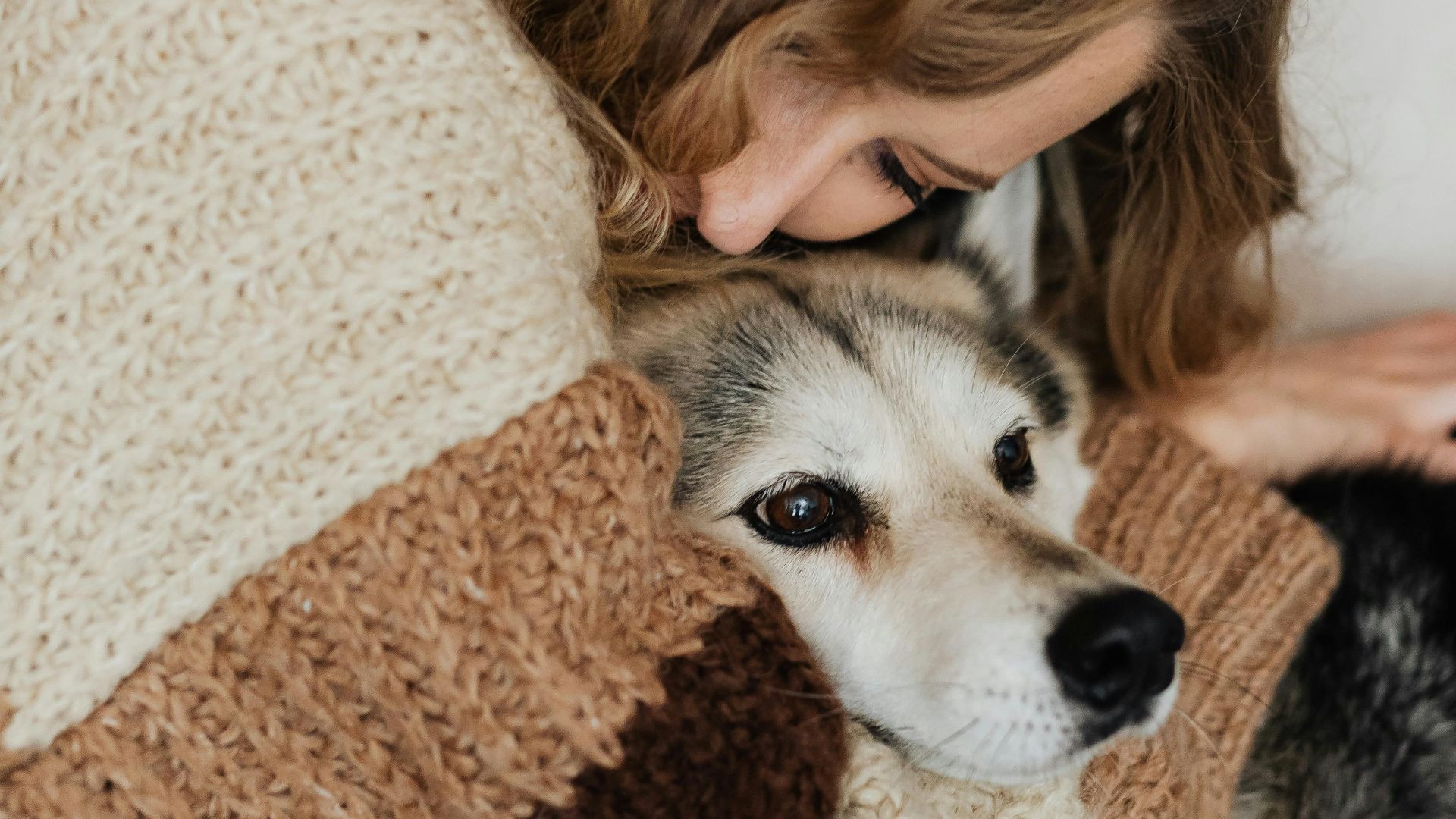Cuddles and Caution
Snuggling with your pet feels like the ultimate comfort, right? But those cozy moments might come with an invisible hitch—your germs. It turns out that some of the illnesses we catch can sneak over to our pets or other unsuspecting wildlife. Luckily, knowing how that works can keep them safe. So, here are ten human diseases that can spread to animals.
 Photo By: Kaboompics.com on Pexels
Photo By: Kaboompics.com on Pexels
1. Influenza
Sneezing around your pets could cause real trouble. Animals can pick up human flu strains, like what happened during the 2009 H1N1 outbreak. If your pet seems extra tired after you’ve been under the weather, don’t shrug it off. A quick trip to the vet could make all the difference!
2. MRSA
Cuddling your pet might feel harmless, but it’s not always risk-free. MRSA, the antibiotic-resistant bacteria, can jump from you to your dog or cat. Even a tiny cut can let it in. If your pet has a skin infection that just won’t heal, it’s time to call the vet.
3. Tuberculosis
Getting too close to your dog or farm animals while infected with tuberculosis could expose them to risk. TB is a zoonotic disease, meaning it can spread between humans and animals. Keep an eye out for signs like a persistent cough, weight loss, or unusual tiredness in your pets.
4. Leptospirosis
Contaminated water is a major threat to both wildlife and pets. When animals venture near damp areas, they’re at risk of leptospirosis, which can lead to fever or kidney issues. Keeping outdoor spaces clean and hygienic is essential to protect both your pets and local wildlife from potential infections.
5. COVID-19
Even zoo tigers weren’t immune to the pandemic. In April 2020, a tiger at the Bronx Zoo in New York tested positive for COVID-19, showing how easily the virus can jump from humans to animals. This event highlighted the close connection between our ecosystems and the real threat of zoonotic diseases affecting both wildlife and pets.
6. Ringworm
Sharing more than affection with your pet can include fungal infections like ringworm. This highly contagious skin condition spreads through touch. People can spot red patches on their skin and similar signs on their pets. By maintaining hygiene, you can avoid the risk of ringworms.
7. Mumps
Mumps, an infection known for causing swollen salivary glands in humans, can occasionally affect animals, especially primates like dogs. The virus spreads through respiratory droplets, so snuggling while you have mumps is not safe for your pooch in any way.
8. Salmonella
While often associated with undercooked food or contaminated surfaces, salmonella bacteria somehow manages to jump from humans to dogs and vice versa. How to avoid that? Feed your pup raw diets and wash your hands thoroughly after pouring their food.
9. Hepatitis A
Unlike other hepatitis strains, Hepatitis A doesn’t lead to chronic infection, but the acute phase can still be dangerous. To protect your innocent little friend, always maintain proper hygiene when you carry them in your arms or somewhere else.
10. Streptococcus
Streptococcus pyogenes also doesn’t discriminate. Through sneezes or close cuddles, your pet might end up with a sore throat, too. Your role in this case is to wash your hands often, avoid sharing food or kisses when you’re sick, and disinfect your pup’s toys and bedding.

















